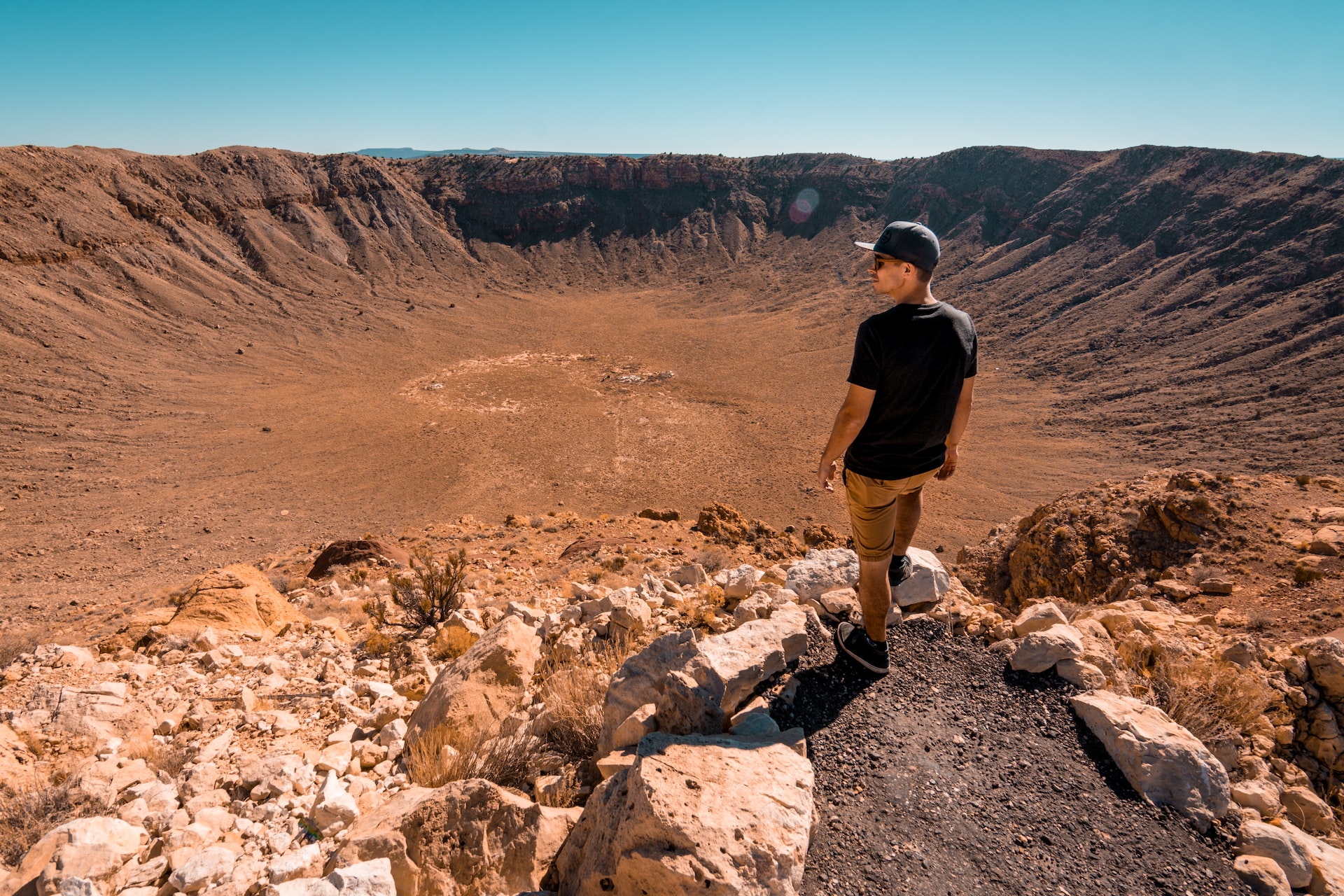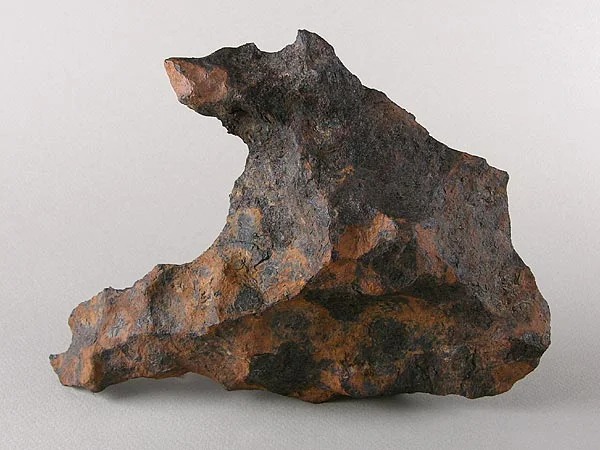Diamonds are formed as a result of strong pressure in the bowels of the Earth. But some of the strongest gems are sometimes found in meteorites from outer space, and these diamonds are fundamentally different from terrestrial ones. A new study indicates that a rare form of gems can arise in the turbulent cores of distant worlds and arrive on Earth due to strong cosmic collisions.

According to a group of scientists from Australia, the mineral lonsdaleite – a kind of diamond with a hexagonal crystal structure – can be found in meteorites that probably formed during the collision of an asteroid with a distant dwarf planet billions of years ago. They examined 18 fragments using advanced electron microscopy to better understand how lonsdaleite formed in cosmic rocks. Their research results are published in PNAS.
Lonsdaleite has been found in meteorites before, including Diablo Canyon, found in a famous crater in Arizona. The mineral differs from ordinary diamonds in its crystal structure, which is hexagonal, while terrestrial diamonds have a cubic crystal structure. But in nature, the hexagonal lattice is much rarer: in microscopic quantities, lonsdeilite can be obtained in the laboratory or detected in rare stone meteorites – ureilites. Ureilites have an unusual composition and are rich in carbon. Only a few such meteorites have been found, but it is believed that they originate from the remains of the same celestial body. Separate studies conducted earlier this year showed that the structure of lonsdaleite makes it harder than other diamonds.

Scientists have even suggested how such super-hard diamonds could have formed. In the mantle of a dwarf planet or a large asteroid there were deposits of carbon in the form of ordinary graphite, “crumpled” by geological processes. About 4.5 billion years ago, this celestial body experienced a collision and collapsed completely or almost completely. At the moment of the collision, part of the rock instantly turned into superheated liquid and gas, which immediately spread through cracks and voids in the graphite, creating areas of extreme temperatures and pressure. Under such conditions, part of the graphite passed to microcrystals of lonsdaleite. And now – billions of years later – samples of such crystals have appeared on Earth in rare stone meteorites.
If the structure of lonsdaleite makes it harder than ordinary diamonds, it can find application in materials science. Of course, making these diamonds in a laboratory would be a more efficient method than waiting for the remnants of another cosmic collision to fall to Earth.
Earlier we reported how scientists assume that a meteorite from another star system fell to Earth.
According to CNET
Follow us on Twitter to get the most interesting space news in time
https://twitter.com/ust_magazine
